Special Feature
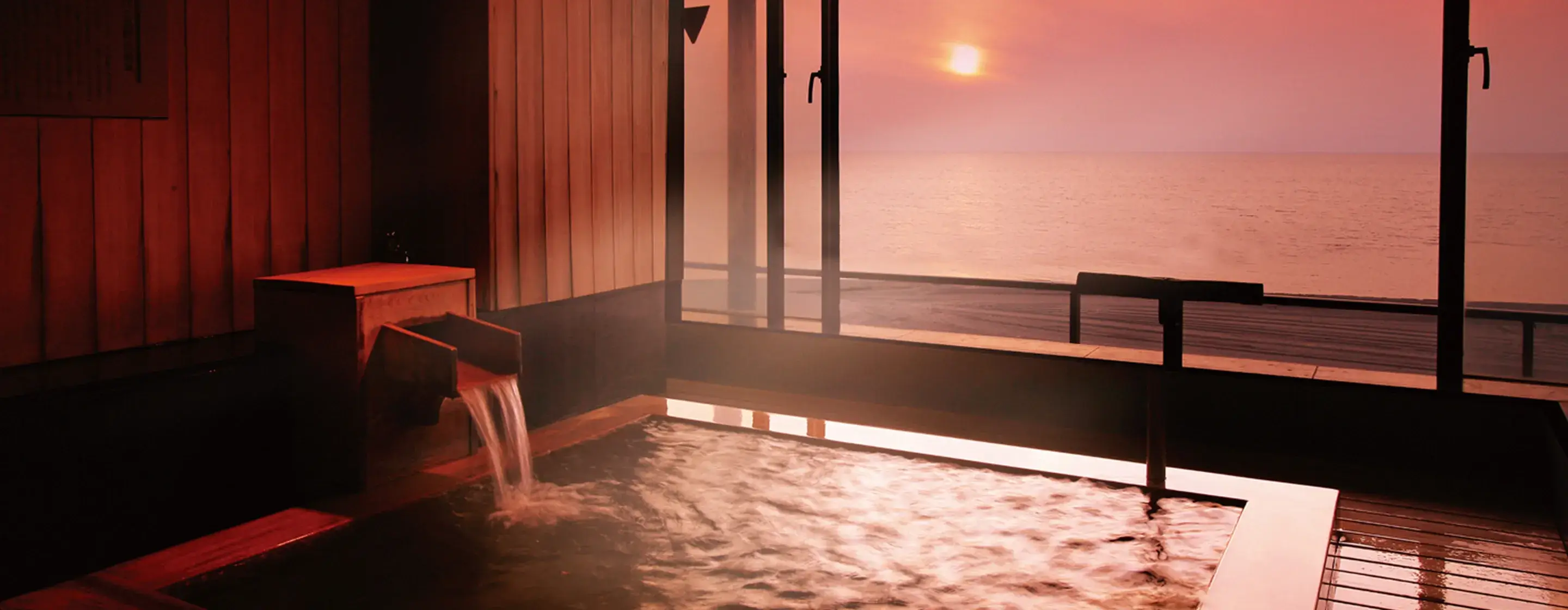
Shonai’s Hot Springs: Part 1
Onsen, as hot springs are known in Japan, are said to rejuvenate both body and soul as well as offer skin and other health benefits. Vacationing at an onsen resort offers a unique way to experience the local land.
Yamagata Prefecture’s abundance of onsen means that every town and city in the area offers the chance to soak in natural thermal waters. Shonai is home to onsen resort areas with impressively long histories along the seaside and in the mountain highlands.
Lots of onsen around Japan are said to offer beauty benefits, but according to onsen beauty researcher Hiroko Ishii, Shonai is remarkable for its rich variety of them. In this first of a two-part series on Shonai’s onsen, Ishii explains why onsen are so great and takes us to an onsen in Shonai’s mountains.
Onsen Vacations: An Opportunity to Commune with the Earth
Beauty and therapeutic benefits have long been attributed to onsen, and these benefits vary depending on the properties of the spring water. Most onsen in Shonai contain sulfate and chloride, which have moisturizing benefits and are among the best-known onsen for improving skin health. Onsen with hydrogen carbonate and alkaline properties are cleansing, while onsen containing sulfur and carbon dioxide have detoxifying effects. Onsen that do not contain much mineral content are still relaxing, and choosing the onsen based on your needs can increase the beauty and therapeutic benefits you gain.
“Underground spring water is geothermally heated by the forces of the Earth and then flows to the land’s surface. Various minerals in the layers of soil dissolve into the spring water as it travels through them. That’s why no two onsen in the world are identical. Some onsen have a lot of one type of mineral, while others have equal amounts of many different minerals. The mineral composition of each onsen is unique,” explains Ishii.
As she says, “Onsen are a natural beauty tool that the Earth has given to us.” She adds that each onsen visit is a once-in-a-lifetime experience as well as a chance to commune with the Earth through your body.
“Once, I was at an onsen at Yudonosan-jinja Shrine’s Sanrojo Lodge, soaking in water that is said to be blessed by the god of the mountain. The water is rich in salt even though the spring is so high up on the mountain and contains iron and carbon dioxide gas, I had the sensation of the cells throughout my whole body awakening. The hot spring water was really intense, as if it had been fortified with the power of the Earth itself.”
These gifts bestowed by the Earth extend beyond the hot spring waters to the food and natural environment as well. Just like how no two onsen are alike, soaking up the unique vibe of the place you visit is the highlight of an onsen trip.
Ishii has visited the Shonai region many times since first vacationing here several years ago, and we asked her what she finds appealing about the region. “Most of all it’s the food. Shonai has so much incredible local food. Ultimately food is grown with soil, air, sun, and water unique to a particular location. This means, that the energy of that area is contained within the food. Several years ago, Ishii visited Takenokozawa Onsen deep in the heart of Mt. Haguro. She comments how, in addition to the hot springs, the delicious meals served there were amazing and illustrate how food also has the power to rejuvenate the body and soul.
“That goes for the natural environment, too. Shonai has many wonderful places, you can find hot springs welling up at the top of a mountain, stroll along a river, or relax next to the ocean. Going to an onsen in such a glorious place allows you to switch off your body and mind from their normal mode of being in overdrive, eat local cuisine, and draw in power from the mountains and ocean. All of this helps relax you inside and out and creates the base for improved health and beauty.”
The land’s energy purifies both the body and soul. New travel opportunities to enjoy everything that Shonai has to offer are available now.
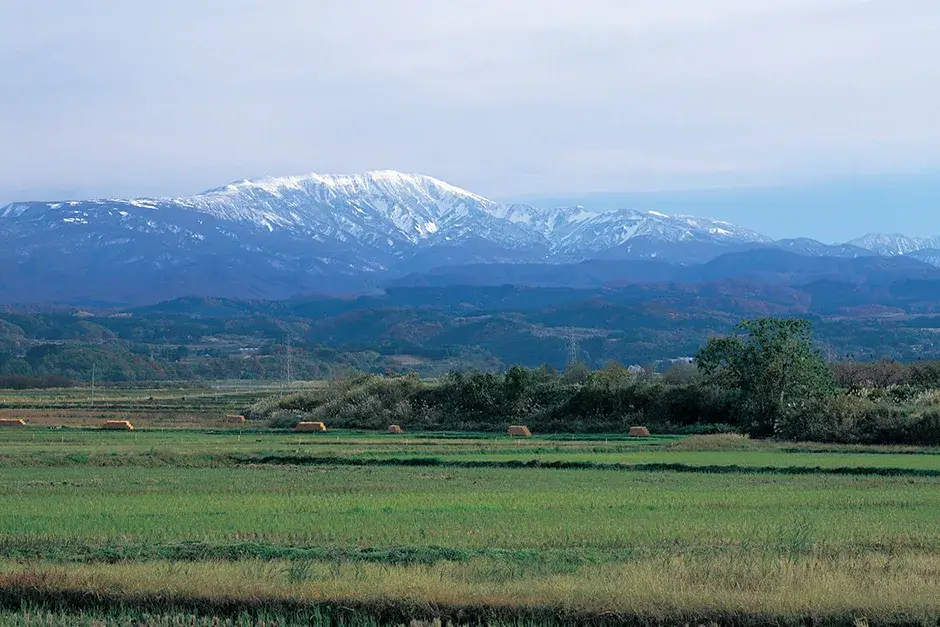
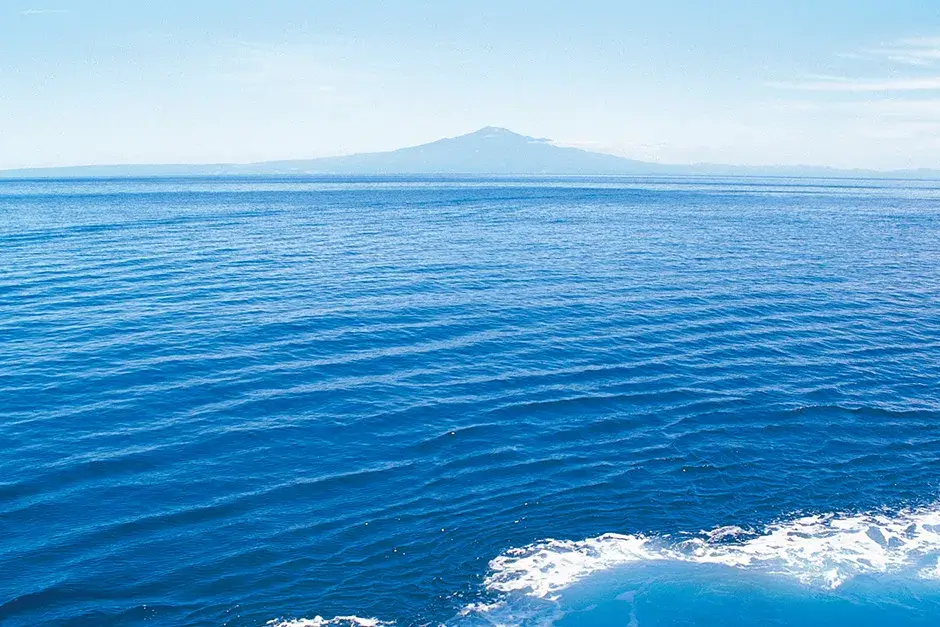
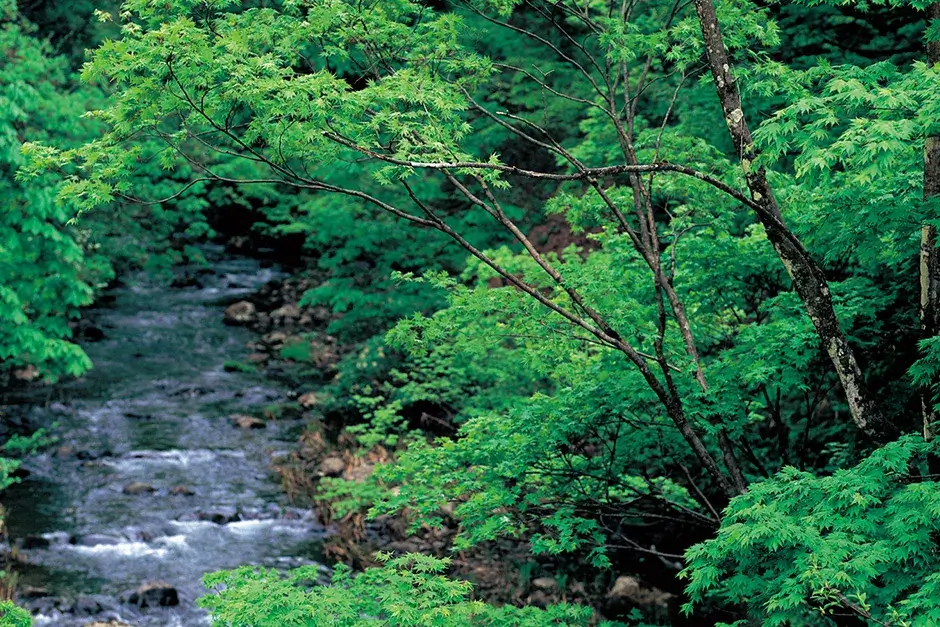
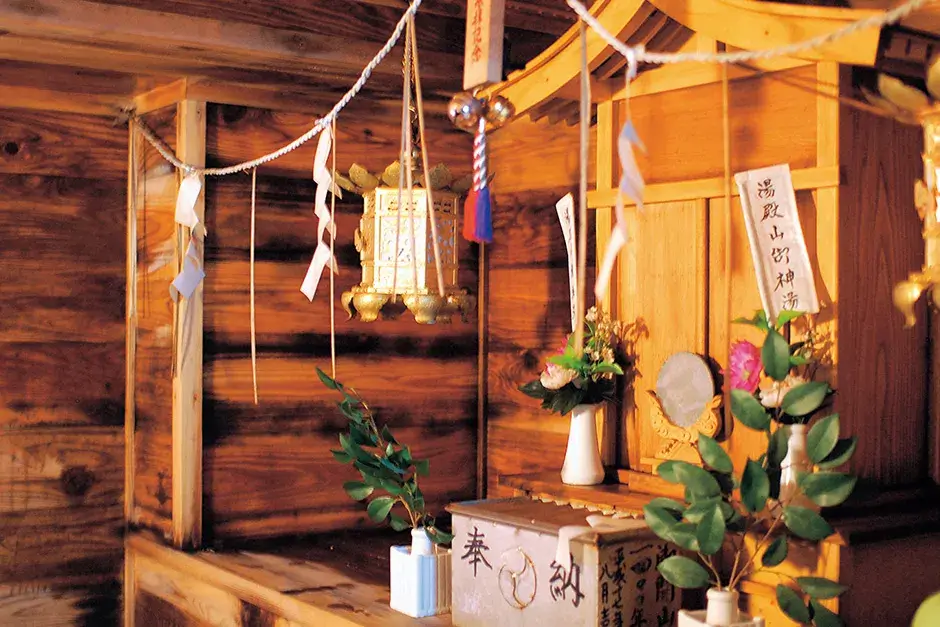
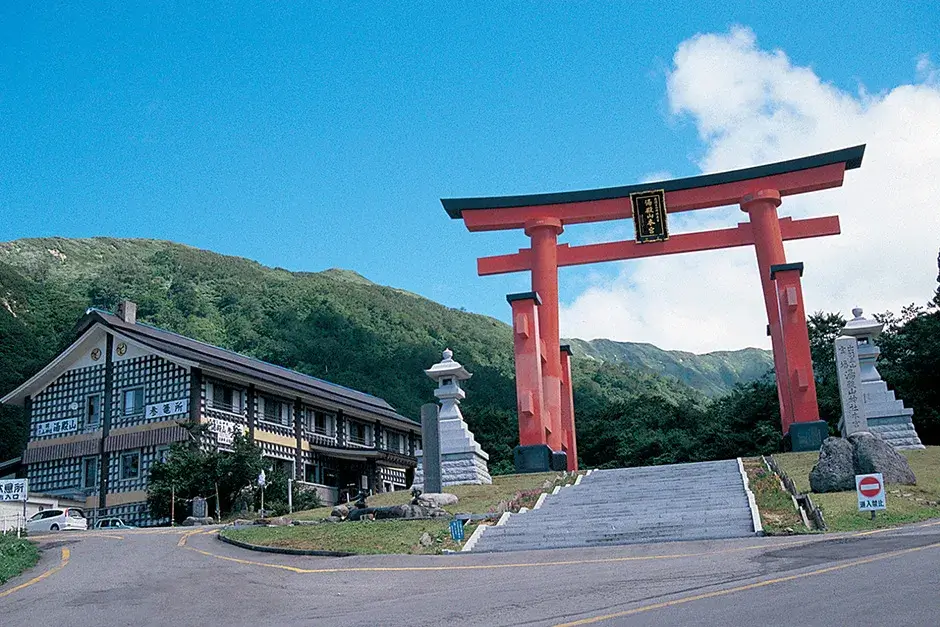
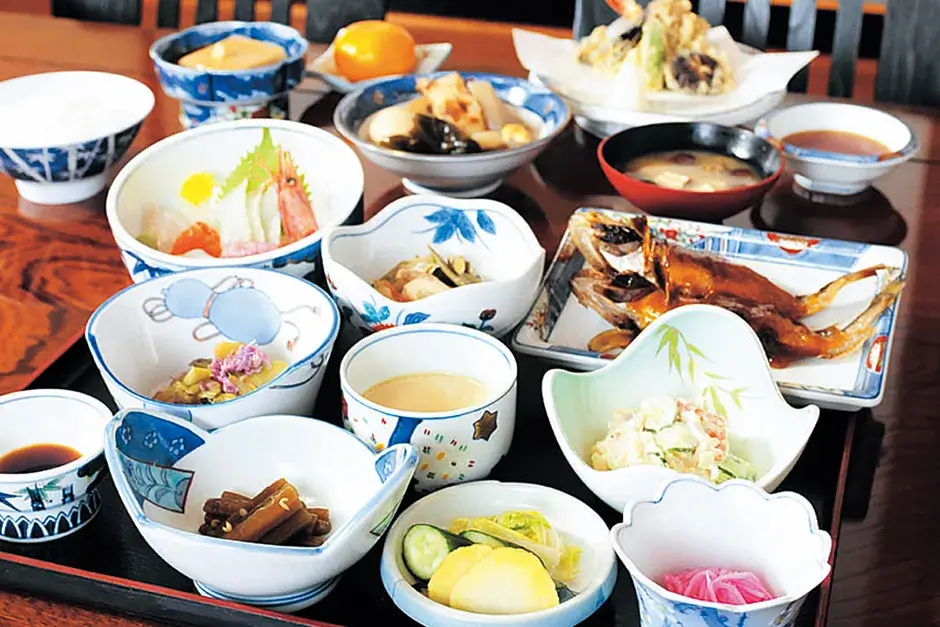
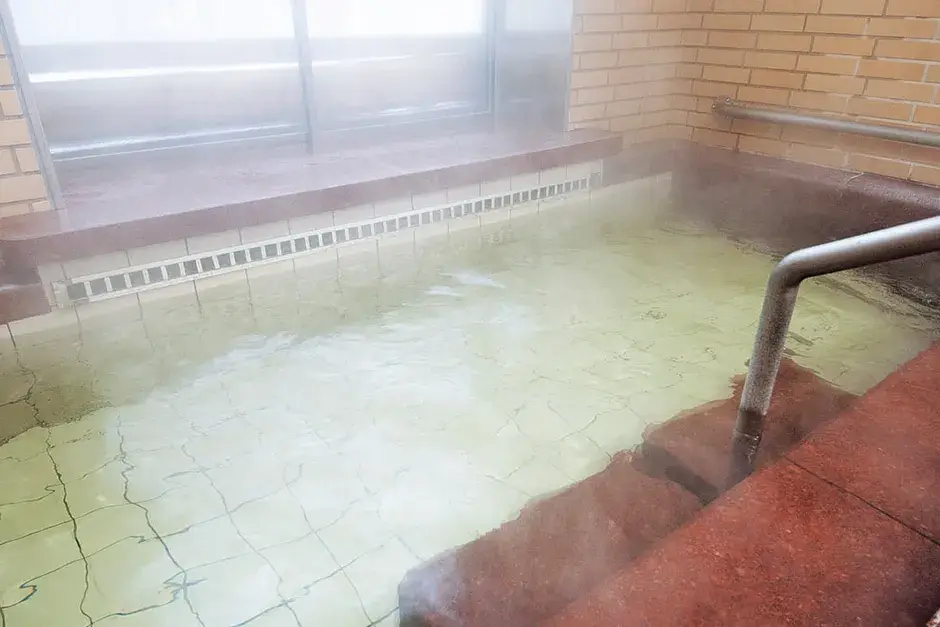
Yutagawa Onsen: Charming Onsen Resort Area with Legendary Therapeutic Waters
About a 15-minute drive southwest of central Tsuruoka City, the quiet Yutagawa district lies at the foot of Mt. Kinbo. Yutagawa Onsen, with its cluster of wooden inns with tiled roofs, retains the old-fashioned charm of traditional Japan.
Yutagawa Onsen has been around for some 1,300 years. Legend has it that the onsen was discovered in the year 712, when a white heron landed in a field of reeds and soothed its wounds in the hot water that flowed there. Ever since, Yutagawa Onsen has been a favorite destination of the lords of the Shonai domain as well as a place for people to relax after making a pilgrimage to the Dewa Sanzan holy mountains. Yutagawa Onsen has also become famous for the many artists and writers that have stayed here since the Meiji Period (1868–1912).
The hot springs boast a flow rate of 1,000 liters per minute, one of the highest onsen flow volumes in Japan. Its waters are rich in sodium, calcium, and sulfate. Even after getting out of the baths the body retains the waters’ heat, and the sodium sulfate content is hydrating for the skin. The onsen water at the source is not too hot at 43℃, meaning it’s possible to have a nice long soak.
The public bath Shomen no Yu is located next to the natural spring source. “The best thing about Yutagawa Onsen is its two charming public baths. For both of them, you borrow a key to gain entrance, meaning you’re able to relax in a historic onsen that has been lovingly preserved by local residents while also interacting with them,” comments Ishii.
If you turn down a side street after passing Shomen no Yu, you will come to a tranquil-looking inn. This is Kuhe Ryokan, where Ishii is staying for this trip. It’s been in business for over 300 years. According to its 11th-generation owner, Kenichiro Otaki, “Japanese onsen culture is about the therapeutic properties of the hot springs as well as the cuisine and the hospitality you receive. We want to be an inn that provides whole-hearted satisfaction to guests with every visit.” No effort is spared in this, with improvements spanning the maisonette guest rooms and dining spaces as well as new open-air baths.
“Yutagawa enjoys the blessings of the mountains, the sea and fields, and offers an abundant variety of foods across the four seasons. Our Kandara no Zen course meal uses every part of fatty Pacific cod caught in winter, while our Moso (bamboo shoots) no Zen course meal served in the spring features bamboo shoots harvested that morning. We change our menu every six weeks so that we serve cuisine made with fresh ingredients at their seasonal peak.”
Kuhe Ryokan is one of many inns in Yutagawa Onsen that takes pride in its cuisine. The community ties in this historic onsen town are driving the creation of new attractions as well, such as “Okami no Ohegi,” where female inn proprietors (Okami) prepare meals of traditional Shonai dishes as a way to keep the local traditions alive.
There is also the Shonai Asa (morning) Museum, which turns the entire Yutagawa area into a kind of living museum. Yutagawa Onsen has plentiful hot springs and delicious local cuisine. Along with the spirit of the people who have preserved the hot springs and the blessings found in these mountains, the baths and food will gently soothe your body and soul.
-
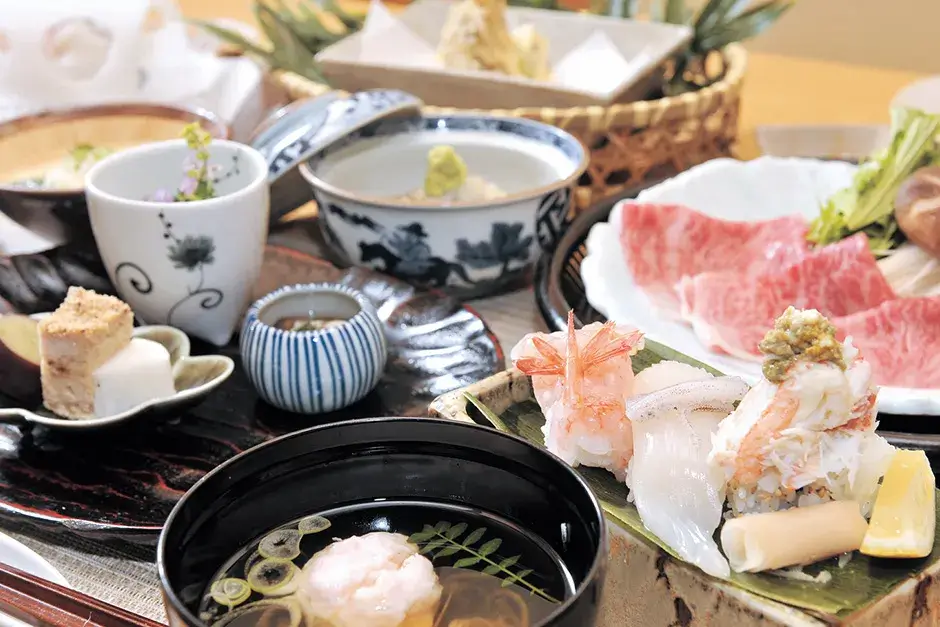
“Early Winter” course meal at Kuhe Ryokan -
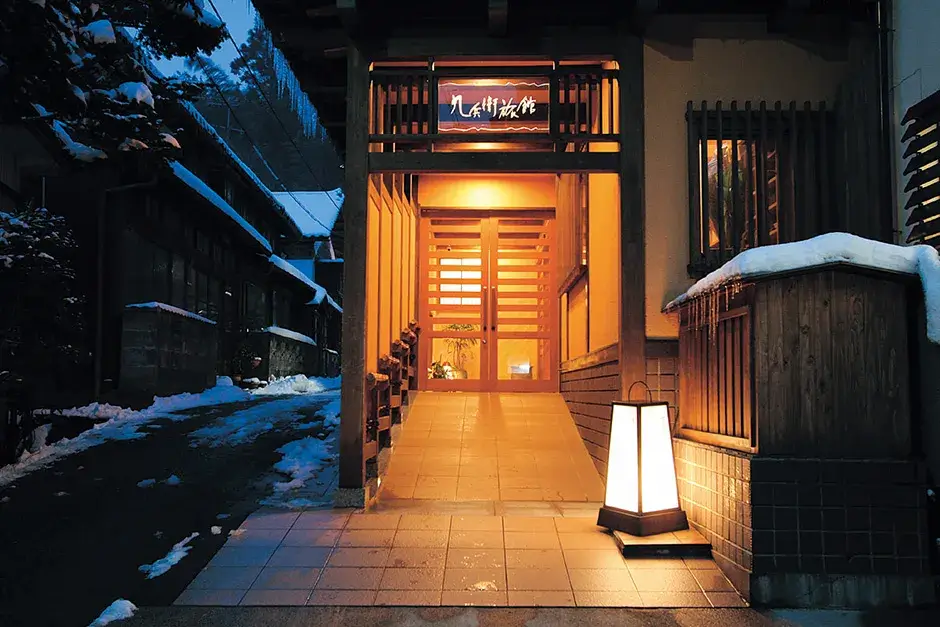
Kuhe Ryokan at Yutagawa Onsen -
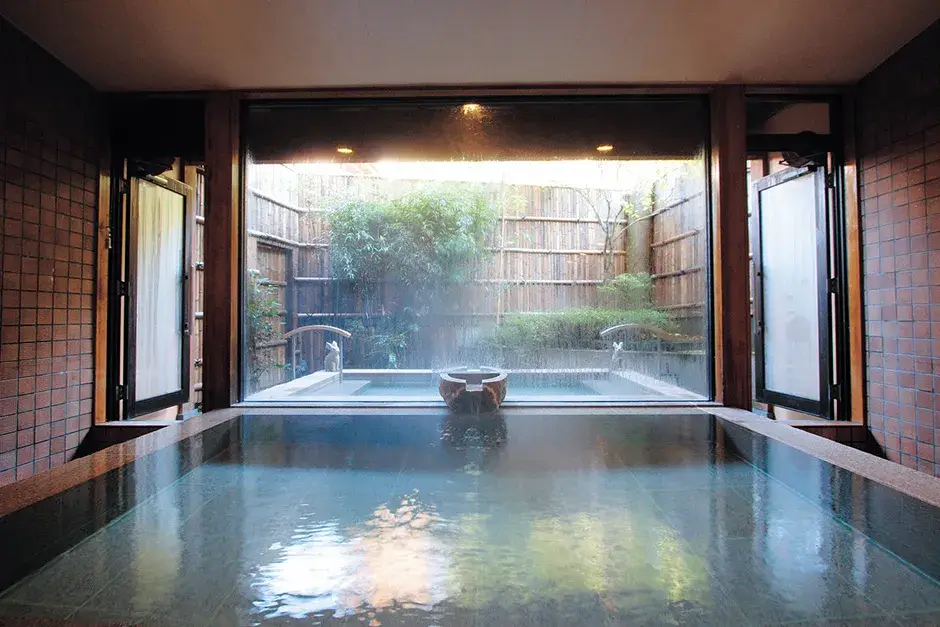
Yama no Yu onsen bath at Kuhe Ryokan -
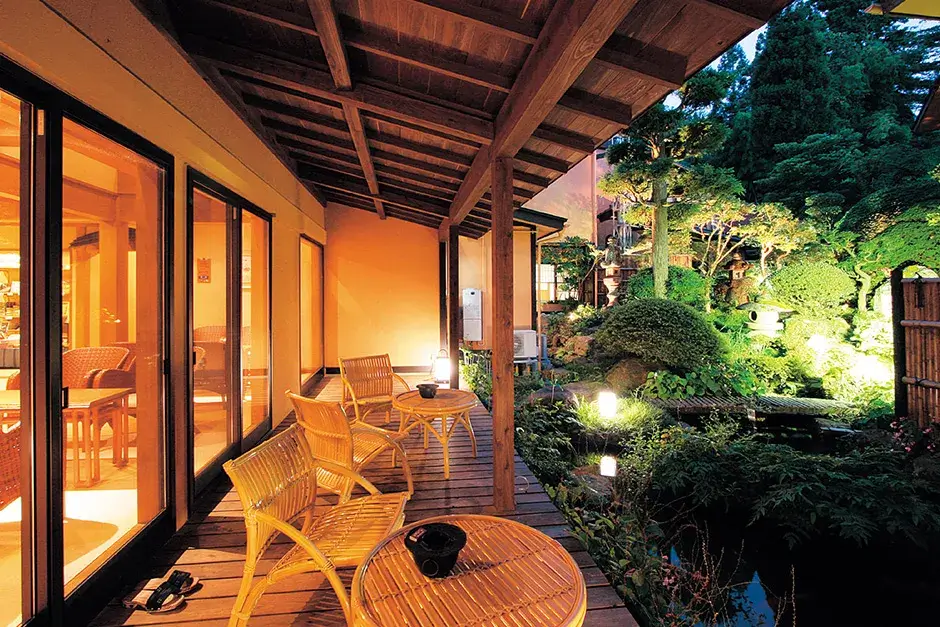
Terrace looking out on the garden -
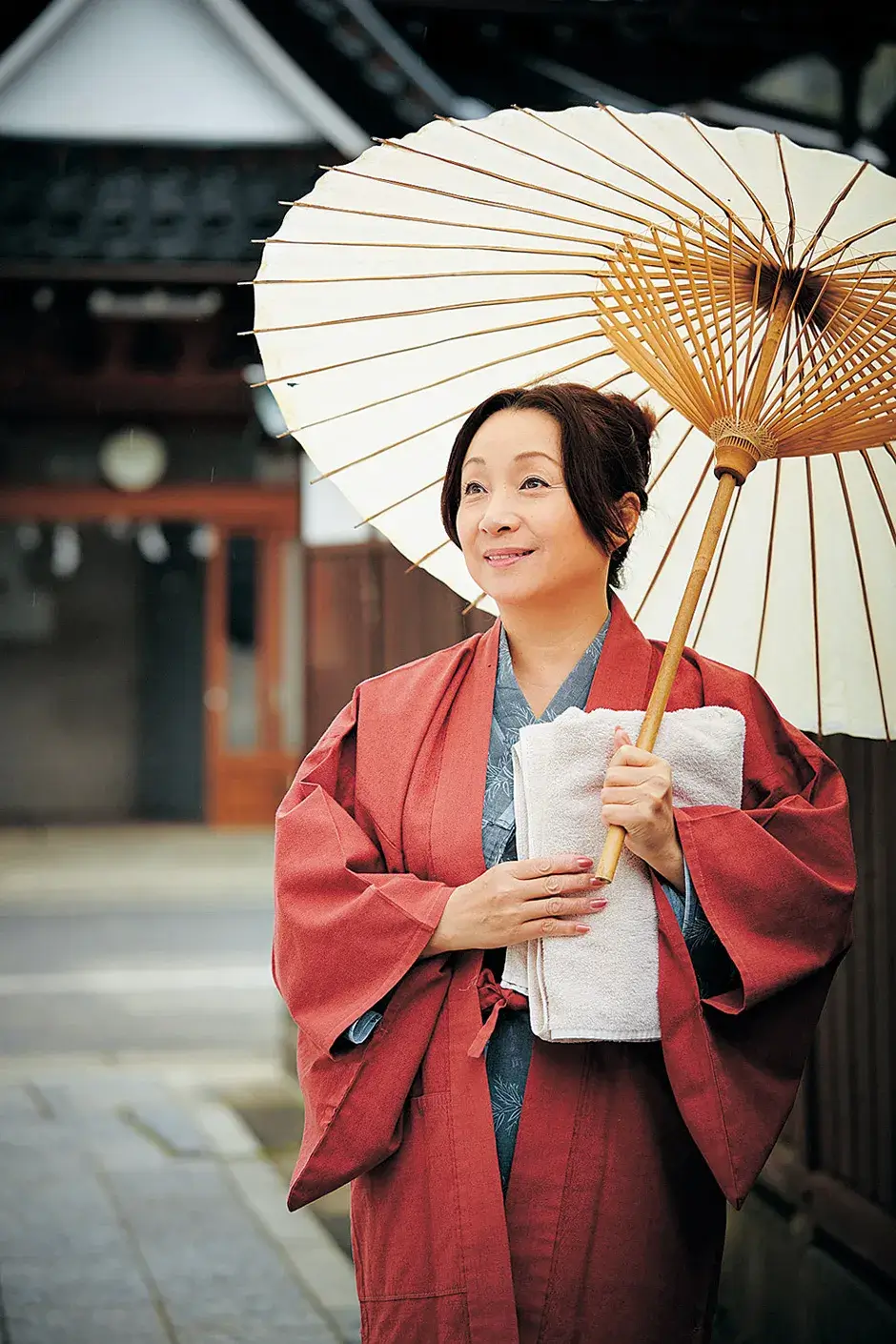
Hiroko Ishii
